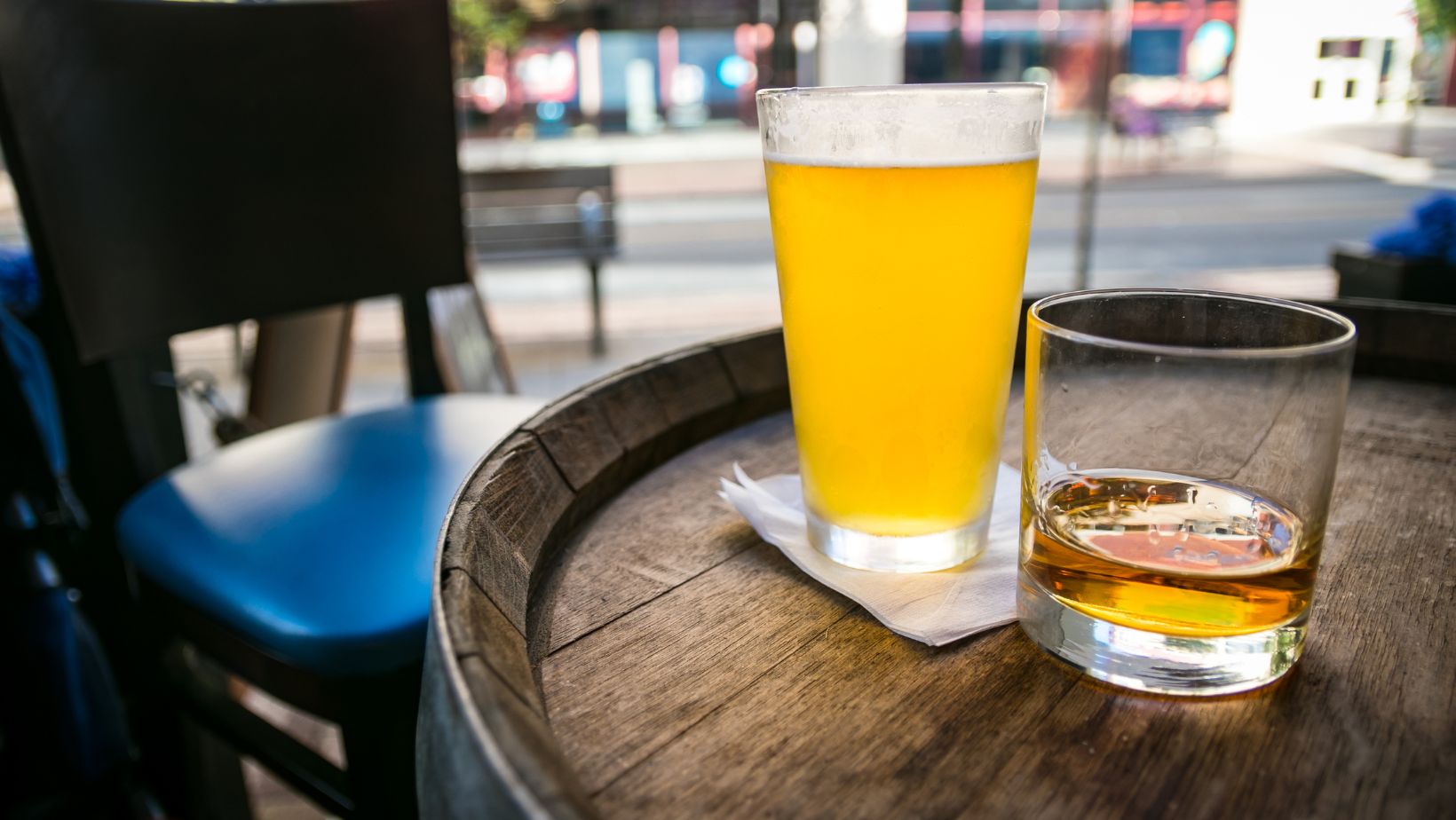Calculation In How Many Ml In A Mcg

If you’ve ever wondered about the conversion between milliliters (ml) and micrograms (mcg), you’re not alone. Understanding how these measurements relate to one another can be perplexing, but fear not! I’m here to shed some light on this topic. So, just how many ml are in a mcg? Let’s dive in and find out.
Firstly, it’s important to note that milliliters (ml) measure volume, while micrograms (mcg) measure weight or mass. These two units belong to different measurement systems – ml is used for liquid volumes, whereas mcg is commonly used to express tiny amounts of weight or mass.
How Many Ml In A Mcg
Converting Milliliters to Micrograms: A Simple Guide
When it comes to converting milliliters (ml) to micrograms (mcg), it’s important to understand the relationship between these two units of measurement. While both ml and mcg are commonly used in healthcare and pharmaceutical fields, they represent different quantities.
Let’s say we have a medication with a concentration of 10 mg/ml and we want to convert 5 ml into mcg. To do this, we multiply the volume in ml by the conversion factor:
5 ml * 10 mg/ml = 50 mg
Now that we have our result in milligrams (mg), we need to convert it further into micrograms (mcg). Since there are 1,000 micrograms in one milligram, we can simply multiply our result by 1,000:
50 mg * 1,000 = 50,000 mcg
So, our final answer is that 5 ml is equivalent to 50,000 mcg for this particular medication.
Factors Affecting the Conversion Ratio
It’s worth noting that not all substances have the same density or concentration. Different medications and compounds may require different conversion factors. Additionally, external factors such as temperature and pressure can also affect density and therefore impact the conversion ratio.
It’s important to consult reliable sources, such as product labels or medical professionals, for accurate conversion factors specific to the substance you are working with. Relying on general conversion ratios may lead to incorrect measurements and potentially compromise patient safety.
Calculating Milliliters to Micrograms: Step-by-Step Instructions
To summarize the process of converting milliliters to micrograms:
- Determine the density or concentration of the substance in mg/ml.
- Multiply the volume in ml by the conversion factor (density or concentration).
- If necessary, convert milligrams (mg) to micrograms (mcg) by multiplying by 1,000.
Remember that accuracy is crucial when dealing with medications and other substances where precise measurements are essential. Double-check your calculations and always seek professional guidance when in doubt.

The Basics: What is a Milliliter?
Understanding the Measurement: What is a Milliliter?
When it comes to understanding measurements, it’s essential to grasp the concept of a milliliter (ml). A milliliter is a unit of volume in the metric system, specifically designed for measuring small quantities of liquid. It represents one-thousandth of a liter, which makes it an incredibly precise measurement.
To put it into perspective, imagine filling up a standard teaspoon. That tiny spoon can hold approximately 5 milliliters of liquid. Now envision scaling that up to larger containers such as cups or bottles. Each cup typically contains around 240 milliliters, while an average water bottle holds roughly 500 milliliters.
Exploring the Relationship: Micrograms and Milliliters
The relationship between micrograms (mcg) and milliliters can be quite perplexing at first glance. While both are units used in medical and scientific fields, they measure different properties – weight and volume, respectively.
Micrograms refer to the weight or mass of substances, whereas milliliters represent the capacity or volume of liquids. To convert between these two measurements requires additional information such as density or concentration.
Common Uses of Milliliters in Medical Field
Milliliters play an integral role in various applications within the medical field. Here are some common instances where ml measurements come into play:
- Medication Administration: Healthcare professionals rely on precise ml measurements when administering oral syrups or injectable medications.
- Fluid Infusions: In intravenous therapies or blood transfusions, ml measurements are crucial for delivering precise volumes of fluids.
- Lab Tests and Diagnostics: Many lab tests, such as urine analysis or blood chemistry panels, require specific volumes of samples measured in milliliters.
- Liquid Medication Dosage: Liquid medications for children or patients who have difficulty swallowing solid pills are often prescribed in milliliter doses.



